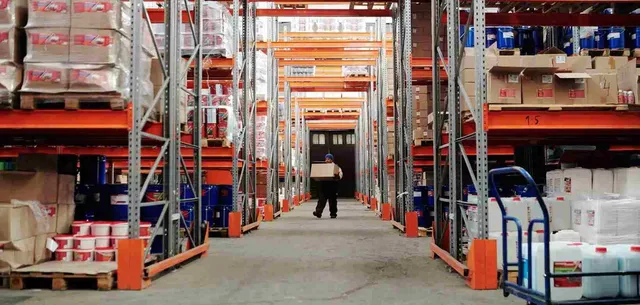Reducing Energy Consumption in Cold Storage Facilities
It is vital to store items in cold conditions and especially for those subject to temperature variations. For instance, artwork that is valuable and chemical products that have to be stored in a cold place to stop degradation.
managing a cold storage unit requires careful tracking and efficient inventory management. Implementing accurate monitoring of refrigeration and the use of automation technology is all part of this.
Cost management
The costs of constructing the cold storage facility may be controlled with cautious planning beginning on Day 1 of the building process. This includes evaluating a site’s capacity and ensuring the site is compliant with specific specifications for energy use.
Other methods to cut costs include automating vehicles, warehousing and ensuring the quality of levels in inventory. Additionally, using demand management technology helps cold storage facilities to understand their operating patterns and makes the necessary adjustments to increase the efficiency of their energy use.
Maintenance is important as well. It is crucial to set the schedule for each piece of equipment, and then share it with everyone in the company. The company can spot potential problems prior to they become serious, which will ultimately lower repair costs as well as general storage expenses.

Energy-efficient refrigeration systems
To prevent food spoilage, and the release of other chemicals fumes that can cause expensive losses, cold storage facilities need secure energy systems. Systems must be designed appropriately to provide optimal performance and decrease energy consumption.
When choosing a cold storage facility, ask questions about their refrigeration equipment and backup power solutions. The facility should be able to effectively unload and load railroad cars and trucks with minimal time to turnaround to process incoming and outgoing deliveries.
Automated monitoring and controlling systems offer greater effectiveness. They will monitor the temperature, and also track the quality of food items as well as other logistical functions.
Temperature Control
Many businesses rely on cold storage to be a vital part of their supply chains. From high-end artwork to pharmaceuticals, products that need to be stored at controlled temperatures rely on these warehouses for their durability and effectiveness.
A constant low temperature could reduce waste, as well as storage costs. Furthermore, it will assure that goods arrive to the customers in pristine condition.
Cold storage facilities need an inventory management program to keep accurate records. Complete records can help storage establishments adhere to HACCP requirements, ISO 9001, GMP and other safety regulations. This is especially important in the case of specialized items like vegetables and fruits, which need different temperatures for each space.
Controlling inventory of perishable goods
Cold storage facilities keep food products in peak condition until they reach consumers. For security and quality this type of warehouse requires an extensive degree of surveillance and oversight. Due to the increasing costs of costs for energy, land and labour prices, thiet ke lap dat kho lanh many companies are trying to increase the efficiency of supply chains for cold storage using new technologies and innovative approaches.
Utilizing mobile pallet racks, as well as shuttle systems, which utilize only one operational aisle to reduce floor space and reducing the energy consumption at up to 80 percent is an excellent way to cut cost. Modern software for tracking provides users with instant access to levels of inventory as well as invoice histories.
To ensure optimal cold storage, it is crucial to study information such as throughput and accuracy of inventory and the rate at which spoilage occurs. While these improvements aren’t making immediate money, will save a lot of money ultimately.
Optimizing storage space
Affluent warehouse operations and efficient transportation are the backbone of successful distribution chains for cold storage. To improve operational efficiency, warehouses should utilize automatic monitoring and control systems for monitoring costs of shipping, inventory accuracy levels, as well as the rates of spoilage to products.
Warehouses are also required to perform regular inspections of their premises. They can spot the signs of problems and address them before they turn into significant issues. A build-up of ice could cause damage to equipment, products as well as ceilings. This also poses a potential fire risk. To stop this from happening Warehouses need to regularly examine their premises for any ice buildup and then remove it.
Incorporating these practices into a supply chain management approach will enable you to save money and ensure your customers their satisfaction. It is about adhering to stringent specifications for temperature and shipping requirements to ensuring on-time delivery, these techniques are vital to the success of your cold storage warehouse.